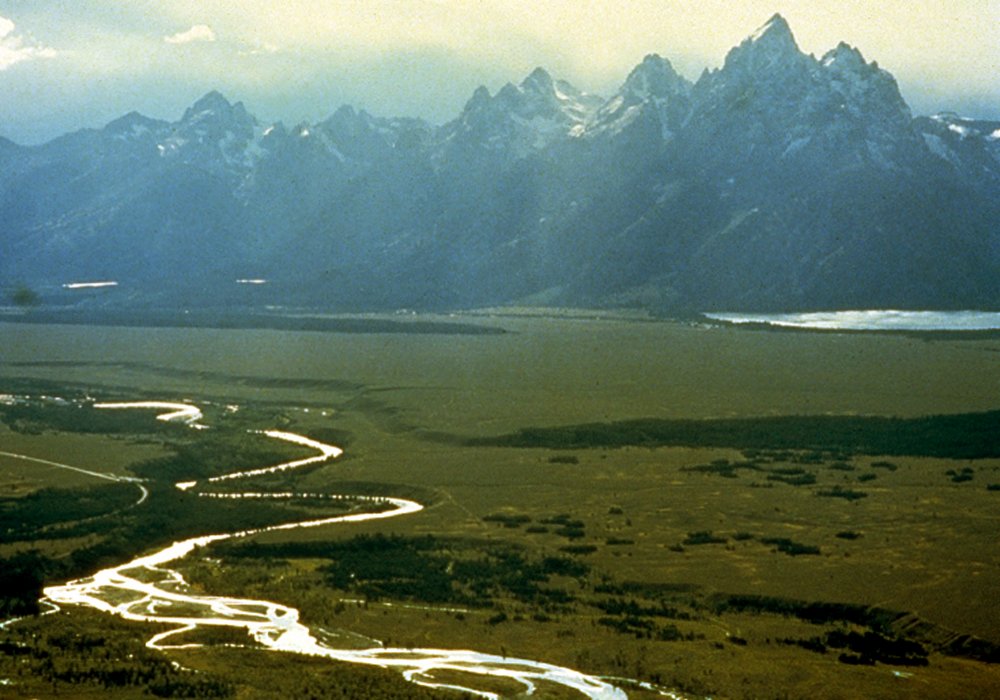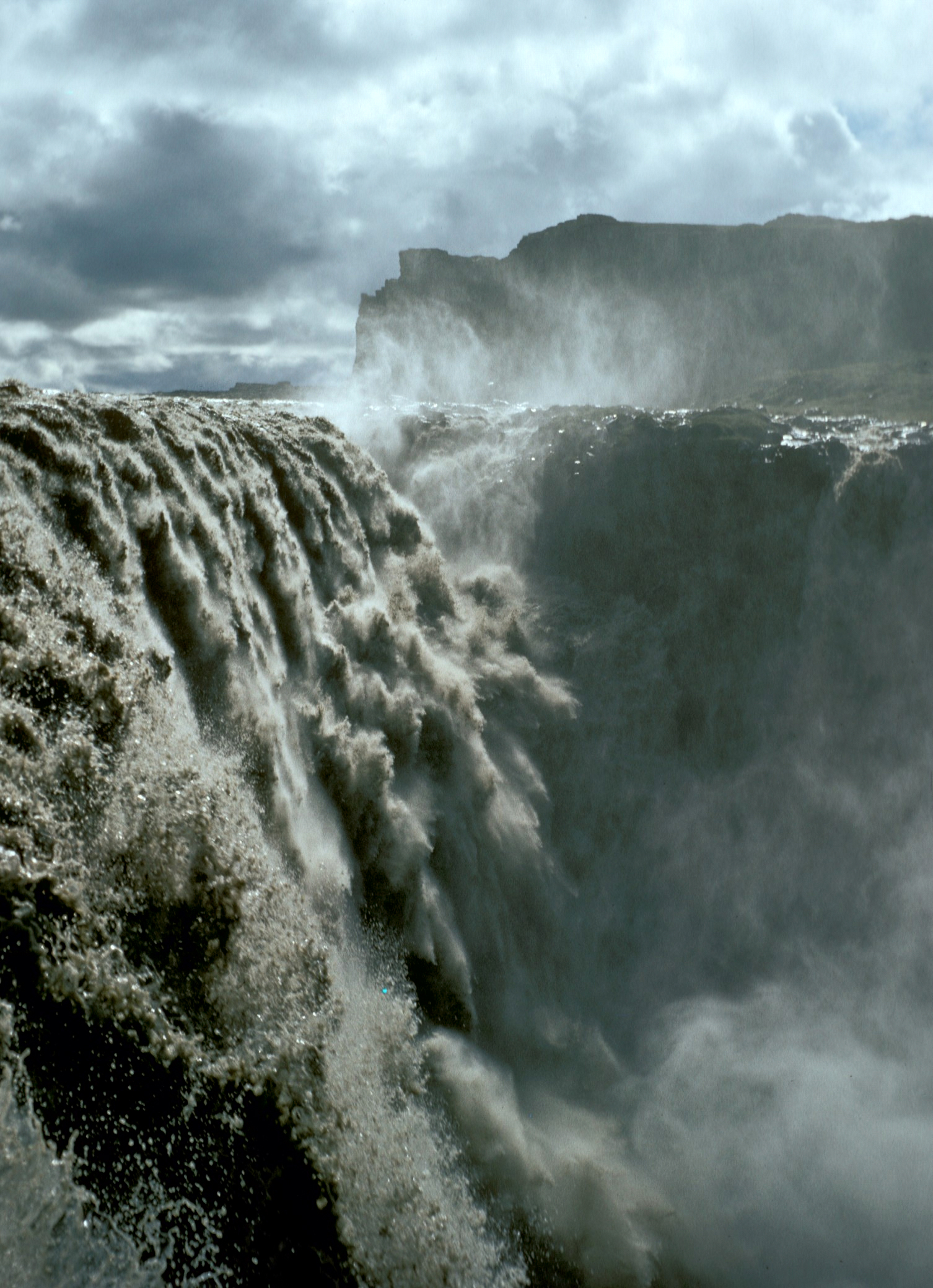|
Moose Falls
Moose Falls (height ) is a plunge type waterfall on Crawfish Creek in Yellowstone National Park. The waterfall was named in 1885 by members of the Arnold Hague Geologic Survey for the plentiful moose found in the southern sections of the park. The falls are just west of south entrance road via an easy trail that begins north of the south entrance station. Climate There is climate data for the nearby Snake River Station. Moose Falls has a subarctic climate The subarctic climate (also called subpolar climate, or boreal climate) is a climate with long, cold (often very cold) winters, and short, warm to cool summers. It is found on large landmasses, often away from the moderating effects of an ocean, ge ... ( Köppen ''Dfc''). Gallery See also * Waterfalls in Yellowstone National Park Notes {{Authority control Waterfalls of Wyoming Waterfalls of Yellowstone National Park Waterfalls of Teton County, Wyoming ... [...More Info...] [...Related Items...] OR: [Wikipedia] [Google] [Baidu] |
Yellowstone National Park
Yellowstone National Park is an American national park located in the western United States, largely in the northwest corner of Wyoming and extending into Montana and Idaho. It was established by the 42nd U.S. Congress with the Yellowstone National Park Protection Act and signed into law by President Ulysses S. Grant on March 1, 1872. Yellowstone was the first national park in the U.S. and is also widely held to be the first national park in the world. The park is known for its wildlife and its many geothermal features, especially the Old Faithful geyser, one of its most popular. While it represents many types of biomes, the subalpine forest is the most abundant. It is part of the South Central Rockies forests ecoregion. While Native Americans have lived in the Yellowstone region for at least 11,000 years, aside from visits by mountain men during the early-to-mid-19th century, organized exploration did not begin until the late 1860s. Management and control of the park ... [...More Info...] [...Related Items...] OR: [Wikipedia] [Google] [Baidu] |
Crawfish Creek (Wyoming)
Crawfish Creek is a short stream in Yellowstone National Park in the U.S. state of Wyoming This watercourse is known for its unusually warm temperatures compared to other surface water bodies in Wyoming; these elevated temperatures enable crawfish to thrive in the water. Summer water temperatures are in the range of 22 to 24 degrees Celsius; pH levels are typically about 9.1, or somewhat alkaline.C.M. Hogan, Lumina Tech, ''Water Quality Baslines in selected surface waters of Grand Teton and Yellowstone National Parks'', 2007 The warm waters come from a southern portion of the Yellowstone volcanic zone which produces hot water from hot springs and fumaroles in the area. The stream feeds into the Lewis River just south of the Lewis River Canyon and just before the Lewis River converges with the Snake River. Moose Falls is located upstream from the Crawfish Creek confluence with the Lewis River. The watershed of Crawfish Creek is densely forested with lodgepole pine, D ... [...More Info...] [...Related Items...] OR: [Wikipedia] [Google] [Baidu] |
Arnold Hague
Arnold Hague (December 3, 1840 in Boston, Massachusetts – May 14, 1917 in Washington, D.C.) was a United States geologist who did many geological surveys in the U.S., of which the best known was that for Yellowstone National Park. He also had assignments in China and Guatemala. He became a member of the U. S. Geological Survey in 1879 when it was first organized. Biography Hague was the son of William Hague, a clergyman. He graduated from Sheffield Scientific School at Yale University in 1863. He then spent three years in Germany, studying at the universities of Göttingen and Heidelberg, and at the Freiberg Mining Academy. In 1867 he returned to the United States, and was appointed assistant geologist on the U. S. geological exploration of the 40th parallel under Clarence King. He then went to California, and spent the winter of 1867/68 in Virginia City, Nevada, studying the surface geology of the Comstock Lode and the chemistry of the amalgamation process as practised there, ... [...More Info...] [...Related Items...] OR: [Wikipedia] [Google] [Baidu] |
Moose
The moose (in North America) or elk (in Eurasia) (''Alces alces'') is a member of the New World deer subfamily and is the only species in the genus ''Alces''. It is the largest and heaviest extant species in the deer family. Most adult male moose have distinctive broad, palmate ("open-hand shaped") antlers; most other members of the deer family have antlers with a dendritic ("twig-like") configuration. Moose typically inhabit boreal forests and temperate broadleaf and mixed forests of the Northern Hemisphere The Northern Hemisphere is the half of Earth that is north of the Equator. For other planets in the Solar System, north is defined as being in the same celestial hemisphere relative to the invariable plane of the solar system as Earth's Nort ... in temperate to subarctic climates. Hunting and other human activities have caused a reduction in the size of the moose's range over time. It has been reintroduced to some of its former habitats. Currently, most moose occ ... [...More Info...] [...Related Items...] OR: [Wikipedia] [Google] [Baidu] |
Snake River
The Snake River is a major river of the greater Pacific Northwest region in the United States. At long, it is the largest tributary of the Columbia River, in turn, the largest North American river that empties into the Pacific Ocean. The Snake River rises in western Wyoming, then flows through the Snake River Plain of southern Idaho, the rugged Hells Canyon on the Oregon–Idaho border and the rolling Palouse Hills of Washington (state), Washington, emptying into the Columbia River at the Tri-Cities, Washington, Tri-Cities in the Columbia Basin of Eastern Washington. The Snake River drainage basin encompasses parts of six U.S. states (Idaho, Washington, Oregon, Utah, Nevada, and Wyoming) and is known for its varied geologic history. The Snake River Plain was created by a volcanic hotspot (geology), hotspot which now lies underneath the Snake River headwaters in Yellowstone National Park. Gigantic glacial-retreat flooding episodes during the previous Last glacial period, Ice Ag ... [...More Info...] [...Related Items...] OR: [Wikipedia] [Google] [Baidu] |
Subarctic Climate
The subarctic climate (also called subpolar climate, or boreal climate) is a climate with long, cold (often very cold) winters, and short, warm to cool summers. It is found on large landmasses, often away from the moderating effects of an ocean, generally at latitudes from 50° to 70°N, poleward of the humid continental climates. Subarctic or boreal climates are the source regions for the cold air that affects temperate latitudes to the south in winter. These climates represent Köppen climate classification ''Dfc'', ''Dwc'', ''Dsc'', ''Dfd'', ''Dwd'' and ''Dsd''. Description This type of climate offers some of the most extreme seasonal temperature variations found on the planet: in winter, temperatures can drop to below and in summer, the temperature may exceed . However, the summers are short; no more than three months of the year (but at least one month) must have a 24-hour average temperature of at least to fall into this category of climate, and the coldest month should ave ... [...More Info...] [...Related Items...] OR: [Wikipedia] [Google] [Baidu] |
Köppen Climate Classification
The Köppen climate classification is one of the most widely used climate classification systems. It was first published by German-Russian climatologist Wladimir Köppen (1846–1940) in 1884, with several later modifications by Köppen, notably in 1918 and 1936. Later, the climatologist Rudolf Geiger (1894–1981) introduced some changes to the classification system, which is thus sometimes called the Köppen–Geiger climate classification system. The Köppen climate classification divides climates into five main climate groups, with each group being divided based on seasonal precipitation and temperature patterns. The five main groups are ''A'' (tropical), ''B'' (arid), ''C'' (temperate), ''D'' (continental), and ''E'' (polar). Each group and subgroup is represented by a letter. All climates are assigned a main group (the first letter). All climates except for those in the ''E'' group are assigned a seasonal precipitation subgroup (the second letter). For example, ''Af'' indi ... [...More Info...] [...Related Items...] OR: [Wikipedia] [Google] [Baidu] |
Waterfalls In Yellowstone National Park
Yellowstone National Park contains at least 45 named waterfalls and cascades, and hundreds more unnamed, even undiscovered waterfalls over high. The highest plunge type waterfall in the park is the lower Falls of Yellowstone Falls at . The highest horsetail type is Silver Cord Cascade at . Northwest quadrant * Firehole Falls, , Firehole River, * Gibbon Falls, , Gibbon River, * Hidden Falls, , Blacktail Deer Creek * Little Gibbon Falls, , Gibbon River * Osprey Falls, , Gardner River, * Undine Falls, Lava Creek, ** Upper ** Lower * Rustic Falls, , Glen Creek, * Silver Cascades, , Stephans Creek * Virginia Cascades, , Gibbon River, * Wraith Falls, , Lava Creek, Northeast quadrant * Birdseye Falls * Citadel of Asgard Falls, , Mystery Creek * Crystal Falls, , Cascade Creek, * Enchantress Falls, , Beauty Creek * Faires' Fall, Amethyst Creek * Knowles Falls, , Yellowstone River, * Silver Cord Cascade, , Surface Creek, * Tower Fall, , Tower Creek * Yellowstone F ... [...More Info...] [...Related Items...] OR: [Wikipedia] [Google] [Baidu] |
Waterfalls Of Wyoming
A waterfall is a point in a river or stream where water flows over a vertical drop or a series of steep drops. Waterfalls also occur where meltwater Meltwater is water released by the melting of snow or ice, including glacial ice, tabular icebergs and ice shelves over oceans. Meltwater is often found in the ablation zone of glaciers, where the rate of snow cover is reducing. Meltwater can be ... drops over the edge of a tabular iceberg or ice shelf. Waterfalls can be formed in several ways, but the most common method of formation is that a river courses over a top layer of resistant bedrock before falling on to softer rock, which Erosion, erodes faster, leading to an increasingly high fall. Waterfalls have been studied for their impact on species living in and around them. Humans have had a distinct relationship with waterfalls for years, travelling to see them, exploring and naming them. They can present formidable barriers to navigation along rivers. Waterfalls are relig ... [...More Info...] [...Related Items...] OR: [Wikipedia] [Google] [Baidu] |
Waterfalls Of Yellowstone National Park
A waterfall is a point in a river or stream where water flows over a vertical drop or a series of steep drops. Waterfalls also occur where meltwater drops over the edge of a tabular iceberg or ice shelf. Waterfalls can be formed in several ways, but the most common method of formation is that a river courses over a top layer of resistant bedrock before falling on to softer rock, which erodes faster, leading to an increasingly high fall. Waterfalls have been studied for their impact on species living in and around them. Humans have had a distinct relationship with waterfalls for years, travelling to see them, exploring and naming them. They can present formidable barriers to navigation along rivers. Waterfalls are religious sites in many cultures. Since the 18th century they have received increased attention as tourist destinations, sources of hydropower, andparticularly since the mid-20th centuryas subjects of research. Definition and terminology A waterfall is generall ... [...More Info...] [...Related Items...] OR: [Wikipedia] [Google] [Baidu] |




